A Somewhat Useful Masterpost For Writers
A Somewhat Useful Masterpost for Writers
Websites:
Write or Die is great if you want to give yourself a certain amount of time to write a set amount of words.
Tip of my Tongue for when you can’t remember the exact word
Character Traits Form
Online Thesaurus where you just type in a word and you get a cluster of different words
Characters
Top 10 Questions for Creating Believable Characters
How to Create a Fictional Character
Describing Clothing and Appearance
The Difference between Ethnicity and Nationality
Describing a Voice
Characters (part 2)
How to write Funeral Directors I’ve read quite a few fanfics where they just have funeral directors slapping clothes on a body and calling it a day. As a former funeral services major I can tell you that’s not the only thing they do.
How to write Drug Dealers
How to write Gamblers
Interview with a Hitman
Terms for royalty
Naming Characters
Behind the Name
Top Baby Names
Looking for a name that means a certain thing?
7 Rules of Picking Names
Most Common Surnames
Medical/Crime/Legal
Coma: Types, Causes, etc
Tips for writing blood loss
Gunshot Wound Care
Examples of Hospital Forms
Common Legal Questions
The Writer’s Forensics Blog
Brain Injury Legal Guide
Types of Surgical Operations
Types of Mental Health Problems
A Day in the Life of a Mental Hospital Patient
Global Black Market Information Because where else would you find out how much money it takes to get a 16 year old girl to kill someone in Mexico?
Crime Scene Science
Examining Mob Mentality
How Street Gangs Work
Other Helpful Stuff
Poisonous Herbs and Plants
The Psychology of Color
The Meaning behind Rose color
Compare Character Heights - I personally love this site so much.
Types of Swords
Color Symbolism
How a handgun works
Blueprints for Houses
The Six Types of Haunting Activities
The Difference Between lay and lie
10 Words You Need to Stop Misspelling
5 Easy Tips to Improve Your Writing
How to Write a Eulogy
Types of Crying
Career Masterpost
Avoiding LGBTQ Stereotypes
Tips for Writing Ghost Stories
A Spell to See Spirits
Make Graphics out of Quotes
Superstitions and More
The 12 Common Archetypes
Language of Flowers
Military Sign Language
A Visual Dictionary of Tops
Describing Tiaras
What author do you most write like? (I’ve gotten Stephenie Meyer)
12 Realistic Woman Body Shapes
Japanese honorifics
Articles
25 Steps To Edit the Unmerciful Suck out of Your Story
10 Rules for Writing First Drafts
10 Things Teenage Writers Should Know About Writing
Create a Plot Outline in 8 Easy Steps
Publishing Agencies to Stay Away From
5 Ways to Make Your Novel Helplessly Addictive
Read More
More Posts from Risingstarling and Others

Fit and Geeky Friday 💪🏽🤓 aww shucks!
The Amazing Spider-Man Workout Level I: 3 Sets Level II: 5 Sets Level III: 7 Sets 2 minute rest between sets
#massmotivefit #fitandgeeky #geekyfriday #amazingspiderman #marvel #fitness #exercise #fitfam #workingout #weightloss #training #gohardorgohome #marvelcomics #nogymnoproblem #homeworkout #superhero #geekyfriday
Neila Rey Workout Retrieved from www.neilarey.com
how can i make my characters empathetic?
Hey there, anon! Empathy is the ability to understand and share the feelings of others. I have two different ways to answer this: how to make your characters be empathetic and how to make people empathetic towards your characters.
HOW TO MAKE CHARACTERS BE EMPATHETIC
This one is pretty self-spoken for. There is really only one way that I know of to make a character to be empathetic and it’s to put them in a situation that the character feels sympathy for another or have them care about something and to, eventually, share the feelings of the other character.
This could be just about anything - get creative with it! For example, have someone be treated unjustly, someone be thrust into grief or danger, facing an inner struggle, etc.
HOW TO MAKE PEOPLE EMPATHETIC TOWARDS CHARACTERS
This is actually pretty easy and you can also just repeat the above tips and tricks if you’d like!
However, different examples - and remember to get creative with it - are having your character display a valuable trait (though this is typically more rewarding if done a little before they make a choice that has a negative impact).
In addition, people love to watch real talent. Have your character be particularly good at something but don’t just tell how good someone is with a knife; show us. Show us how long it took, how many hours of pain and getting injured they had to withstand. Show them caring for their knives as if they were children. Show not tell is a very important part here.
Have them wish for a universal change or show them caring for people. For example, wishing for world hunger to go away and helping starving people go hand in hand together. Wishing for equality and going to rallies for pride, black lives matter, etc, go hand in hand.
Give them something unique about them. Something that will make the reader grow some sort of attachment to them.
I hope this helped, anon, and if you have any additional questions, please come ask! Happy writings! x
- Mod Lilly
If you need advice on general writing or fanfiction, you should maybe ask us!


So you want to make an OC?: A Masterpost of Ways to Create, Develop, and Make Good OCs!
i made this masterpost in hopes that it helps you in making your own OCs ah;; it can also apply to developing RP characters i suppose! if you’d like to add more resources then go for it sugar pea (´ヮ`)!
How to Write Better OCs:
basic tips on how to make your oc even better
tragic backstory? learn how to write one/make yours great
writing specific characters
a wordier, great guide on how to develop your character
kick out those vague descriptions and make them AWESOME
Character Development:
how to actually make an OC
Q&A (to develop characters)
more Q&As
giving your character a backstory
how to write an attractive character
Diversity
adding more racial diversity
avoiding tokenism, AKA, how to add diversity to your cast not just because you “need” it
writing sexuality and gender expression (doesnt include non binary, if you have a good ref to that, please add on!)
masterpost on writing more diversity into your story
cultures of the world
guides to drawing different ethnicities (not just a great art reference, but also really helpful in appearance descriptions!)
Mary Sue/Gary Stu
Test to see if your character is a Sue
Explains subdivisions of Sues/Stus
Powerful Characters Don’t Have to Be Sues
Villains
villain generator
need an evil sounding name for your evil character? bam
villain archetypes
what’s your villain’s motive for being a villain?
Relationships
character perceptions (What your character thinks of themselves and what others think of them)
how to write strong relationships between two characters
8 ways to write better characters and develop their relationships with others
OCxLove Interest Handbook
develop your couple with good ol’ Q&A!
how to write realistic relationships
how to write relatives for your characters (this is more OC related to a canon character, but will help in writing family members in general)
ARCHETYPES
12 common archetypes
8 archetypes for male/female characters
female archetypes (goes pretty indepth from two main categories)
a list of archetypes
NAMES
how to name your character
random name generator
most common surnames
surnames by ethnicity
APPEARANCE
tips for better design
basic appearance generator
pinterest board for character design (includes NSFW and images of skeletons/exposed muscle (?) so tread carefully!)
clothing ref masterpost
DETAILS
give your character better powers
a list of professions
proactive vs reactive characters
positive and negative traits
interest generator
skills generator
motivation generator
123 ideas for character flaws
list of phobias
again, this is to help inspire you or help establish your OCs! i hope you get a lot of info and help from this ahh ( ´ ▽ ` )ノ

Keep reading
Bran: I know everything
Sam: oh ok so you knew rhaegar annulled his marriage
Bran: whaaaAt
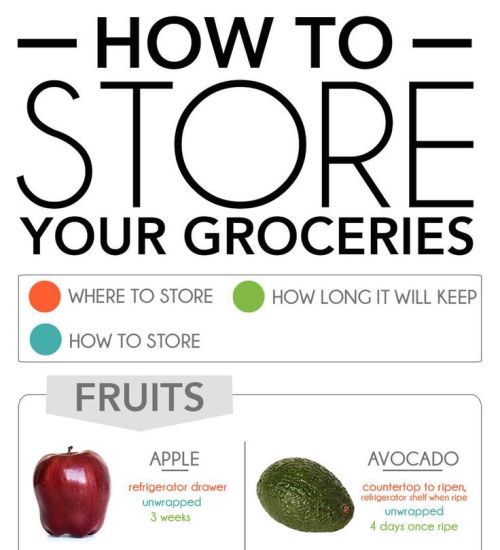
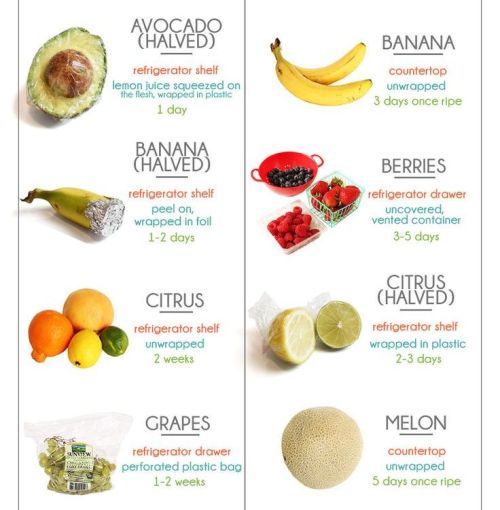
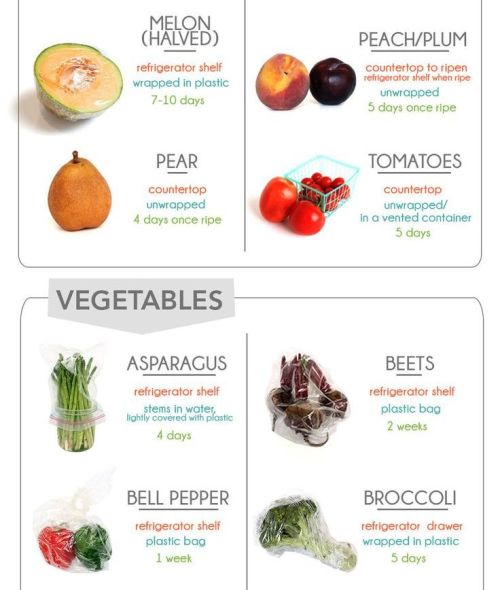
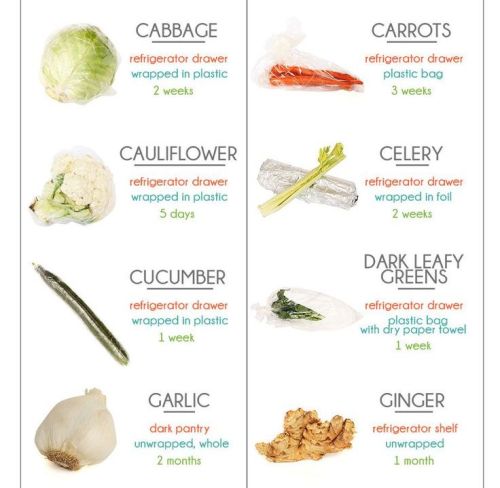
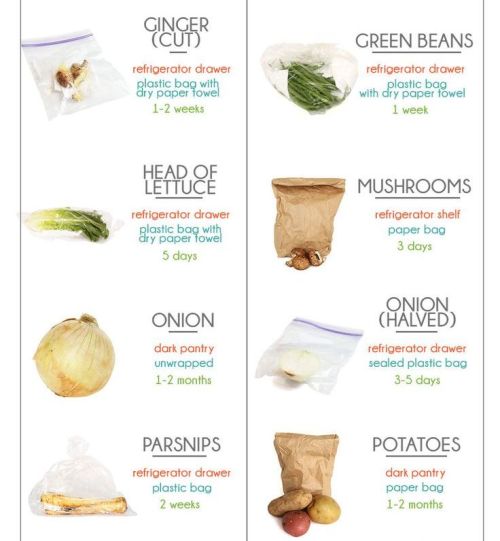

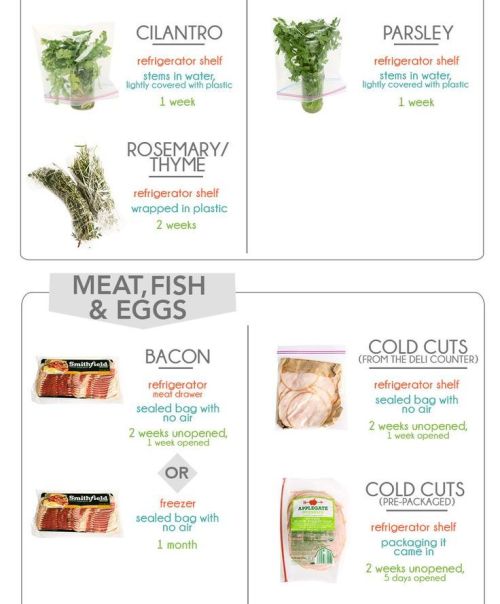



Do you have any voice tips to offer???

OH MY GOD SOMEONE IS REALLY ASKING ME THIS SOMEONE IS REALLY ASKING ME THIS GYAAAAAAAAAAAAAH!
Okay, composure Emily…composure!
1.) A common problem that people have when singing is that they think raising their head up when they can’t reach a note will help. Let me tell ya, it really won’t. In fact, it will cause vocal problems down the road and really strain your voice. Tipping your chin down and level to the floor not only works better but sounds better.

2.) Stop using Glottal Attacks. It’s what happens when the edges of your vocal cords strike against each other in over closure. A good way to stop using them is to put soft “h’s” in front of words that begin with vowels. For example: everyone –> hh-everyone, I –> hh-I and always –> hh-always.
3.) VERY IMPORTANT TIP THAT PLAGUED ME FOR MOST OF MY CHILDHOOD: DO NOT I repeat DO NOT BREATHE WITH YOUR SHOULDERS! It used to make me shake while I sang and despite what you think, no it will not give you more air. Instead of breathing like that (vertically) you need to breathe from your chest area (I mean like around your ribs, diaphragm, etc.)

Cup your hands around your ribs til the point where your fingers are touching. Slowly, and without moving your shoulders, breath from your abdomen. Imagine you are like a balloon being inflated. When you exhale your stomach should go IN and when your inhale your stomach should go OUT despite what cartoons depict.
This reply is getting really long so I’ll finish it up with how you START up. Warm ups!
4.) Warm Ups. Doing warm ups before you sing is healthy for your voice and makes it easy to sing higher or lower without strain.
This first one is called Lip Trills but I like to call it the Jean Kirschstein exercise. You know how a horse flubs it’s lips? Like BRRRRR! That’s how this works. We all do it when we’re bored but here is an example of it:

Yes, you look like a catfish, but it helps so it doesn’t matter. While you do this you hum different pitches. I do 1-2-3-4-5-4-3-2-1 which is basically like sliding up to the third and back. This may sound complicated so I’ll record a clip of it on vocaroo.
The next one is 1-5-1-9-1. We can sing this using various vowels but I use Ee-Ah-Ee-Ah-Ee.
LAST TIP! YOU NEED YOUR MOUTH TO LOOK LIKE A FISH…somewhat. When you sing things with vowels like “ee” or “ie” you tend to make your mouth wide like your smiling. DO NOT DO THAT. Instead, do this.

Imagine that painting the Scream? Isn’t that what it’s called? Anyways, the painting of the guy that’s screaming. He holds his hands near his mouth in shock. For the time being until you can break that habit of smiling on those ie and ee words try doing this and see if it helps.
If you have anymore questions feel free to ask! This is pretty much what I’ve learned from 10 years of singing lessons.
Once again, I apologize that this post is really long. Thank you for asking! I love talking about singing in general!
Scene Transitions
An important part of structuring your story in any format is the transition between scenes. When not handled properly, time and/or location jumps in a narrative can become disorientating and confusing, making it harder for the audience to keep up with the action. There are three important things to focus on when transitioning between scenes: where the first scene ends, where the second scene begins, and how to connect the two.
It’s important that each scene have closure. When you leave a scene, you need to know that the goal of that scene was reached. If you leave the scene too early, before you receive that closure, your audience will be left hanging, feeling unsatisfied and off balance. You need to ‘cut away’ when the scene comes to its natural end, when everything is understood and the audience is ready to move onto the next idea. If you leave the scene too late, it drags your story, and makes it feel like the scene is longer than it is.
As with the end of a scene, the beginning of a new scene must feel natural. If you have to backtrack immediately after starting your scene in order to explain whats going on, then it means you’re not starting at the beginning of the scene. You can sometimes get away with doing this, if the reflection is placed naturally in the writing, but you shouldn’t try and push your luck. If all of your scenes start with an immediate backpedal to explain where everyone is, how they got there, and when it takes place, then you need to go back and fix some things.
Information about the change in time and location are important to include. If you didn’t, then it would be impossible for the audience to tell if, when or how these changes occurred. The most widely accepted way of transitioning between scenes is to detail the things done by the characters to go from scene A to scene B. They can do so by showing the transition between locations (“They walked the distance to the theatre, laughing the whole way”), points in time (“hours passed as she sat reading in her favorite chair”), or combinations of the two (“they drove for days, the grassy hillsides of home growing into a looming mountain range”). The information in the transition must do everything to set up the new scene that’s starting.
I am going to use a segment from “These Shallow Graves” by Jennifer Donnelly as an example of what not to do when transitioning between scenes. In chapter thirty-four, a scene is ending where the protagonist and her love interest meet secretly during a ball and make a plan for her to sneak out later that evening. The scene ends on an angsty moment as they both watch her almost arranged fiance dancing with the competitor for his affections. Chapter thirty-five immediately begins with the two of them having met up and halfway to their destination. It is then explained how the protagonist had left the party early, snuck out, and made it to the meeting point.
Feels kinda jenky huh? Here’s how we could smooth this out.
Their plan for meeting up that evening involves the protagonist telling her uncle (who an attendee) that she is feeling faint and using that as an excuse to leave the ball early. This would make more sense as a place to end the scene as it signals the beginning of the transition between locations. When she sneaks out the house is a good place to officially begin the next scene, as it signals another change in locations. Because the time spent at the protagonist’s home is not important to the overall story (her waiting for everyone to fall asleep) this could serve as the transition between the scene of the first and the scene of the second meetings. The cab ride from her house to the meeting place is also its own small transition, and is a good place to reflect on past information without interfering with anything else going on (such as dialogue and bonding between love interests).
Remember! All of the important things to keep in mind when writing scene transitions are: Know where to end a scene. Know where to begin a scene. Know how to connect the scenes.
whenever i’m talking to someone and they tell me about something that happened to them i always tell them about something that happened to me that’s similar to what happened to them. i do it as kind of a “oh hey yeah this happened to me so i can relate to what you’re going through” but i’m always afraid it comes out as “oh yeah well this happened to me so clearly i have it tougher than you” or “i’m done talking about you let’s talk about me”
i swear i don’t mean it like that……..
-
 pinklola9 liked this · 1 month ago
pinklola9 liked this · 1 month ago -
 mikanjuice liked this · 1 month ago
mikanjuice liked this · 1 month ago -
 imagine-my-otp reblogged this · 1 month ago
imagine-my-otp reblogged this · 1 month ago -
 imagine-my-otp liked this · 1 month ago
imagine-my-otp liked this · 1 month ago -
 ruewrites reblogged this · 1 month ago
ruewrites reblogged this · 1 month ago -
 ruesinger liked this · 1 month ago
ruesinger liked this · 1 month ago -
 furiouseaglebananaknight liked this · 1 month ago
furiouseaglebananaknight liked this · 1 month ago -
 leviathanswingman reblogged this · 1 month ago
leviathanswingman reblogged this · 1 month ago -
 3moghost reblogged this · 1 month ago
3moghost reblogged this · 1 month ago -
 abbessolute liked this · 1 month ago
abbessolute liked this · 1 month ago -
 enntzim reblogged this · 1 month ago
enntzim reblogged this · 1 month ago -
 tae-tea-taeminie reblogged this · 2 months ago
tae-tea-taeminie reblogged this · 2 months ago -
 lococo987 reblogged this · 3 months ago
lococo987 reblogged this · 3 months ago -
 vvatermelanie liked this · 3 months ago
vvatermelanie liked this · 3 months ago -
 bittershins liked this · 5 months ago
bittershins liked this · 5 months ago -
 annita89rbk7rerh liked this · 6 months ago
annita89rbk7rerh liked this · 6 months ago -
 disasterantilles liked this · 6 months ago
disasterantilles liked this · 6 months ago -
 almondhippie liked this · 7 months ago
almondhippie liked this · 7 months ago -
 cantmovesleepeat liked this · 8 months ago
cantmovesleepeat liked this · 8 months ago -
 somethinggreyer liked this · 8 months ago
somethinggreyer liked this · 8 months ago -
 lireb-librarian liked this · 8 months ago
lireb-librarian liked this · 8 months ago -
 peggycarterat221b liked this · 8 months ago
peggycarterat221b liked this · 8 months ago -
 oa-trance liked this · 9 months ago
oa-trance liked this · 9 months ago -
 cutemax46 liked this · 10 months ago
cutemax46 liked this · 10 months ago -
 anonymialblog liked this · 10 months ago
anonymialblog liked this · 10 months ago -
 savedwritingthings reblogged this · 10 months ago
savedwritingthings reblogged this · 10 months ago -
 greattyphoontimemachine liked this · 10 months ago
greattyphoontimemachine liked this · 10 months ago -
 di-daynamic reblogged this · 11 months ago
di-daynamic reblogged this · 11 months ago -
 lizardlover67 liked this · 11 months ago
lizardlover67 liked this · 11 months ago -
 mtaylorwrites liked this · 1 year ago
mtaylorwrites liked this · 1 year ago -
 dr4gonchello liked this · 1 year ago
dr4gonchello liked this · 1 year ago -
 neocelticavalon liked this · 1 year ago
neocelticavalon liked this · 1 year ago -
 mysticalartisanlover liked this · 1 year ago
mysticalartisanlover liked this · 1 year ago -
 toadwritesstuff reblogged this · 1 year ago
toadwritesstuff reblogged this · 1 year ago -
 skyhon liked this · 1 year ago
skyhon liked this · 1 year ago -
 rosebeth710 reblogged this · 1 year ago
rosebeth710 reblogged this · 1 year ago -
 dreamerwhowishes liked this · 1 year ago
dreamerwhowishes liked this · 1 year ago -
 pinketts liked this · 1 year ago
pinketts liked this · 1 year ago -
 diaphanedreams reblogged this · 1 year ago
diaphanedreams reblogged this · 1 year ago -
 funkynoshes reblogged this · 1 year ago
funkynoshes reblogged this · 1 year ago -
 funkynoshes liked this · 1 year ago
funkynoshes liked this · 1 year ago -
 itriedtobeontime liked this · 1 year ago
itriedtobeontime liked this · 1 year ago
Right now this is just anything that comes to mind since I'm a complete noob at tumblr. I've been hearing about it for years but I never really felt like I had anything to say. Well all that has changed now and I figured I'd see what all the hype about tumlr is really about. Anyway don't take anything I say too seriously for now...I'll probably change it later when I become more comfortable with this website.
168 posts














